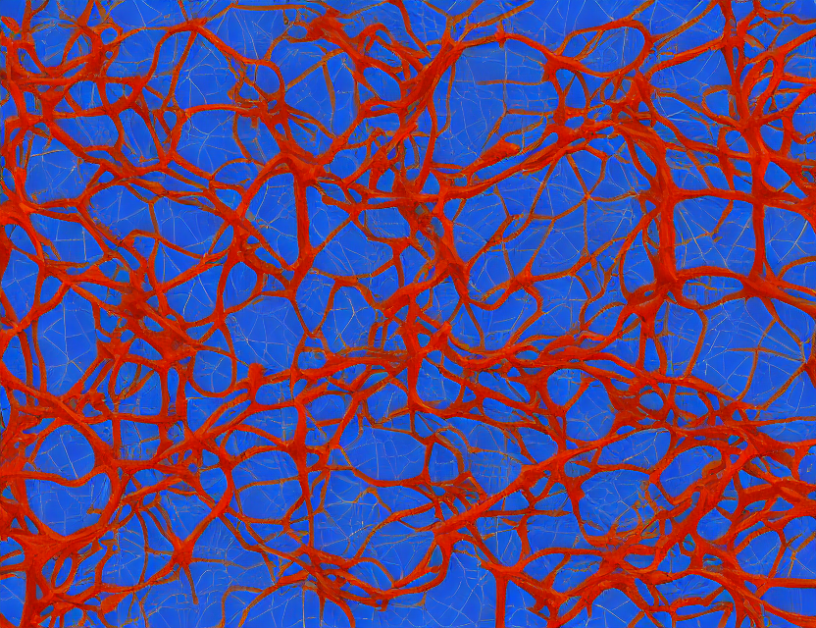In the world of artificial intelligence, neural networks are ubiquitous. These complex models are capable of learning and adapting to new data, but how do they really work? One crucial aspect is the Lipschitz constant, a mathematical concept that helps us understand the relationship between a model’s capacity and its ability to generalize.
Imagine you have a recipe for your favorite dish. The recipe contains a list of ingredients and instructions on how to combine them. Now imagine that you want to scale up the recipe to feed a larger crowd. You can do this by simply multiplying the ingredient quantities, but this might result in an unstable or inedible dish. This is similar to what happens when a neural network’s capacity increases beyond its ability to generalize.
The Lipschitz constant helps us measure the relationship between these two factors. It represents the maximum rate at which the model’s output changes as input parameters change. In other words, it tells us how much freedom the model has to adjust its outputs based on the inputs it receives.
Now, let’s imagine that we have a magic wand that can randomly assign labels to images in a dataset. Intuitively, if the Lipschitz constant is high, the model will be able to memorize the training data and perform poorly on new, unseen data. On the other hand, if the Lipschitz constant is low, the model will be more robust and generalize better to new data.
This concept has far-reaching implications in the field of machine learning. For instance, researchers have shown that tighter estimates of the true Lipschitz constant can lead to better generalization performance (Jordan & Dimakis, 2020). Moreover, explicit Lipschitz controls can be applied to neural networks to improve their robustness and generalization ability (Anil et al., 2018).
In summary, the Lipschitz constant is a fundamental concept that helps us understand how neural networks learn and generalize. By measuring the relationship between a model’s capacity and its ability to adapt to new data, it provides valuable insights for improving model performance and robustness. As the field of machine learning continues to evolve, the Lipschitz constant will remain a crucial tool for demystifying neural networks and unlocking their full potential.
Computer Science, Machine Learning
Unveiling the Double Descent in Neural Networks: A Comprehensive Analysis of Lipschitz Behavior



